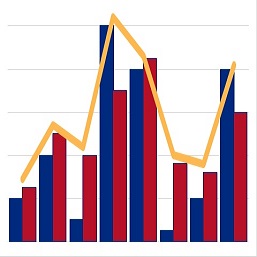
FREE DOWNLOAD
Read The First Chapter
Learn what it takes to build a successful retirement plan so your employees can retire on time and with dignity. A must read for any fiduciary.
We promise to never spam you or sell your information. For more, read our privacy policy or terms and conditions
WHAT’S INSIDE
1
A good plan measures
three key elements:
contributions,
investments, and fees.
2
A good plan serves
employees and
employers.
3
Fiduciaries have a
responsibility to make
reasonable decisions
with their employees’
best interests in mind.
Suggested Reading
28 March
by Pension Consultants, Inc.
PCI Named on NAPA’s 2024 List of Nation’s Top DC Advisor Teams
Pension Consultants, Inc. is excited to be featured on NAPA’s 2024 ‘Nation’s Top DC Advisor Teams’ ranking! For 30 years, PCI has been mission-driven to improve the financial security of American workers. We accomplish this by helping our clients get their employees on track for a successful retirement. Based on the asset sizes of those who submitted to be included on the list, we are very proud to be among the top 100 advisers in the nation and the largest DC adviser based in Missouri.
READ MORE26 March
by Pension Consultants, Inc.
5 Reasons Emergency Savings Within 401(k)s Are a Great Idea
American workers are financially struggling. They are worrying about unforeseen expenses and feeling uncertain about their futures. However, Secure 2.0’s PLESA provision is a promising solution to help. Check out PCI’s top 5 reasons why PLESA is a great idea…
READ MORE26 February
by Pension Consultants, Inc.
Emergency Savings Accounts: The Most Important 401(k) Development Since Auto Features?
We believe emergency savings accounts within 401(k) plans are one of the most significant developments in recent years to help close the savings gap and improve the financial security of the American workforce.
READ MOREReady to Evaluate Your Plan’s Performance?
How we can help
1
Speak with an adviser who can evaluate your plan in the three critical areas.
2
Understand how your current plan is performing.
3
Learn what you can do to improve your plan’s performance.



